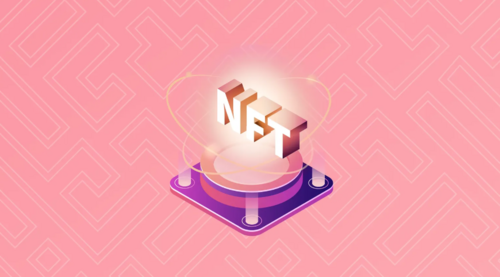

Everything ever invented came into existence in order to solve a problem. In the case of NFTs, they were created to address the limitations of their predecessors, which were created on the Bitcoin blockchain. It has taken several years for NFTs to develop to their current state. Some of the earliest explorations into digital ownership in the crypto landscape began in 2012 with the advent of “colored coins.”
Unlike modern NFTs, which are typically tied to the Ethereum blockchain, colored coins were developed on the Bitcoin blockchain. Colored coins aimed to represent a variety of assets, both digital and physical, much like NFTs. However, because of limitations within the Bitcoin blockchain, colored coins only functioned if all participants agreed to their worth. Thus, if a single participant in the transaction disagrees that a colored coin is linked to a particular asset, the system collapses.
In subsequent years, there were several other attempts at issuing assets on the blockchain. These include the peer-to-peer platform Counterparty, which eventually saw the first meme assets issued to the Bitcoin blockchain. But it was only around 2017 when these proto-NFTs were moved to the Ethereum blockchain that the full potential of linking assets to the blockchain became possible. Unlike the Bitcoin blockchain, which was designed expressly for the use of the Bitcoin token ecosystem, the Ethereum blockchain and smart contracts allow for a much more open-ended approach. This proved to be beneficial to the creation of the first NFTs as we know them today and allowed NFTs to be irrevocably tied to particular assets.
The uniqueness of an NFT also means that it can be a bridge between the digital world of crypto and the real world of physical objects. NFTs prove digital ownership and provide a tamperproof record of transactions involving a digital asset. In recent years, NFT enthusiasts have begun to explore applications for linking NFTs to real-world assets as well. For example, real estate company Fabrica has utilized NFTs along with traditional trusts to facilitate faster, secure, and significantly cheaper real estate transactions. In this case, NFTs are used to represent pieces of real estate. In other cases, popular apparel and fashion brands like GAP and Nike have released NFTs which come with unique pieces of physical clothing. This world of “physical NFTs,” which include both a digital NFT component and a linked physical asset, has the potential for rapid expansion. While it was not necessarily the original problem NFTs were looking to solve, it could nonetheless represent a significant part of the future of this technology going forward.
